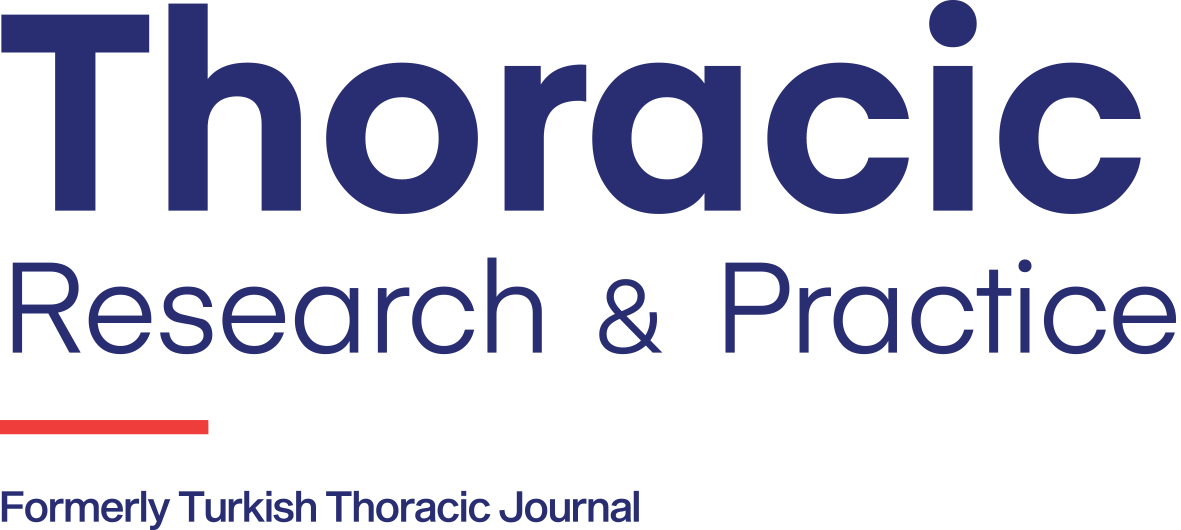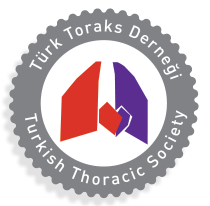Abstract
Objectives:
Among people with chronic spinal cord injury, respiratory disease is the most common cause of death and is one of the most common medical complications. Expiratory muscle weakness or paralysis due to the level of injury and severity of injury leads to a decrease in total lung capacity and vital capacity. This reduction leads to chronic obstruction of the airways, leading to atelectasis and chronic infection. It causes a decrease in expiratory flow rates in chronic obstruction in the respiratory tract and a decrease in functional capacity due to dyspnea. Therefore, the aim of our study was to investigate how FVC, FEV1 and PEF changes in patients with chronic spinal cord injury.
Methods:
A total of 91 (44 female) volunteers aged 20 years and over with an injury level of T6 and above were included in the study. Pulmonary function tests were performed with the chestgraph HI-101 spirometer in an upright position and closed with the nose clip. The test was repeated 3 times for each patient and the best result was noted. The patients were divided into three groups according to their age: 20-39 years old Group 1, 40-59 years Group 2 and 60-79 years Group 3.
Results:
The mean age and body mass index of the patients were 46.1±16.8 years and 26.9±5.2 kg/m², respectively. The mean duration of time after injury was 28.3±18.1 months. The FVC values of Group 3 were found to be significantly decreased from both Group 1 (p=0.001) and Group 2 (p=0.01). The FEV1 value of Group 3 was statistically significantly lower than both Group 1 (p=0.001) and Group 2 (p=0.004), while the FEV1 of Group 2 was statistically significant compared to Group 1. It was found to be decreased (p=0.02). PEF value of Group 3 was found to be statistically lower than Group 1 (p=0.02). Also, there was no statistically significant difference between FVC, FEV1 and PEF percentages (p>0.05).
Conclusion:
The progression of age, significant decreases in these values were found. In this population in which the respiratory function is significantly ethyleneimine due to injury, progression of respiratory function with increasing age shows that these individuals are open to developing respiratory system complications. Therefore, we think that it is important to follow up the patients with spinal cord injury in terms of pulmonary rehabilitation.



